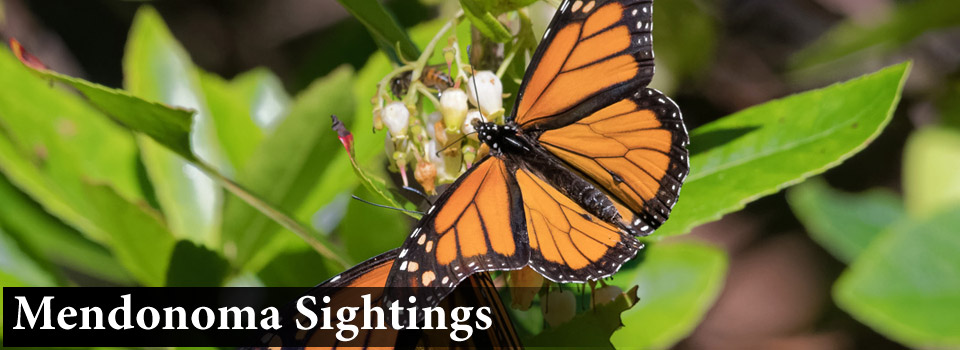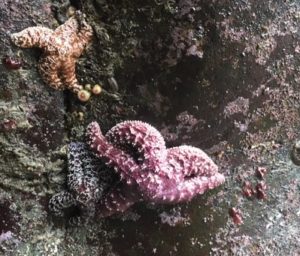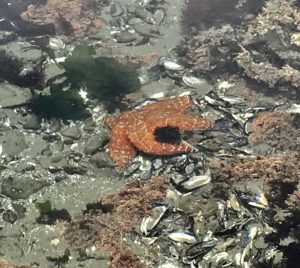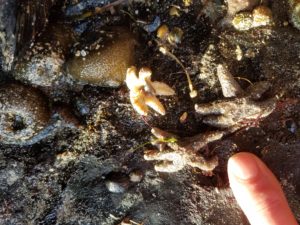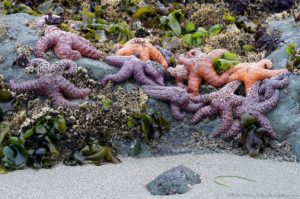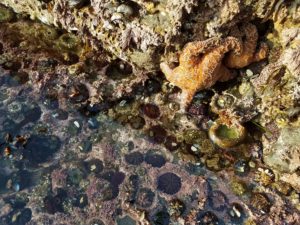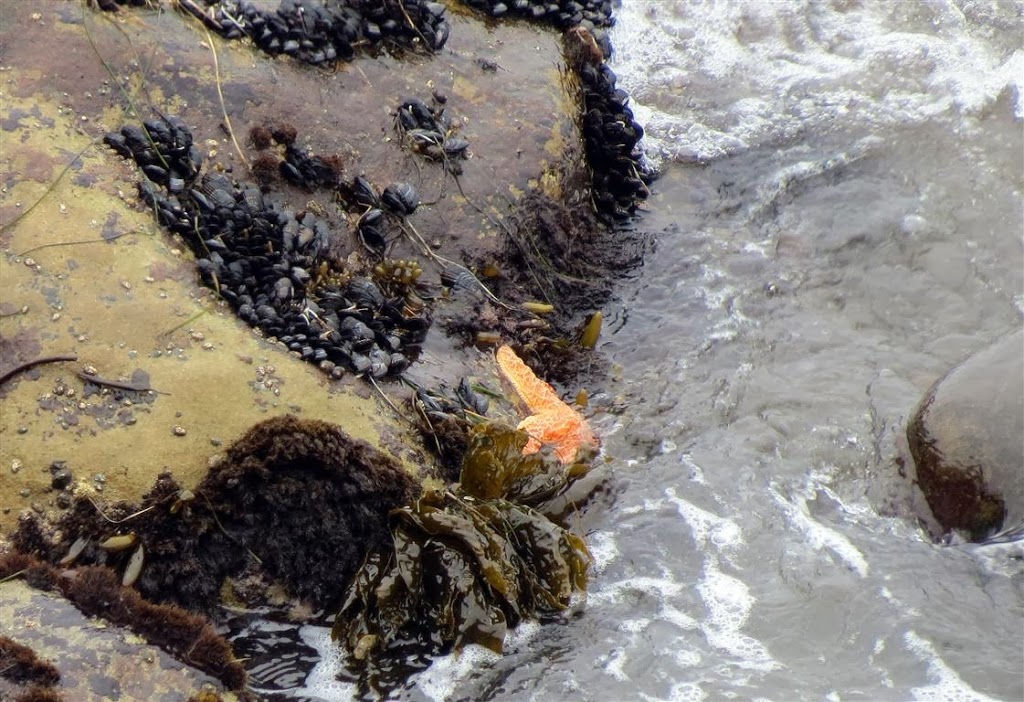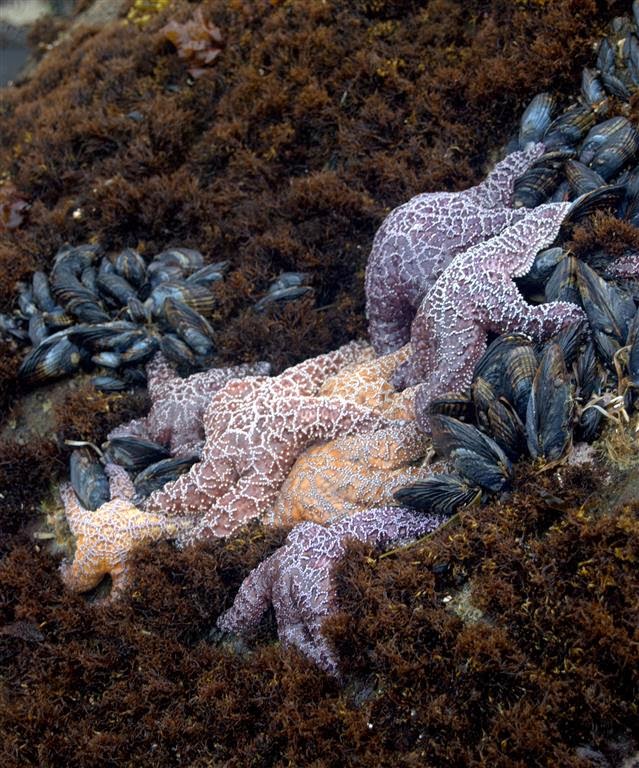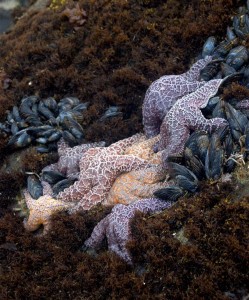Sea Stars, formerly called Starfish, are back, recovered from the wasting disease that decimated their numbers. Cece Case recently photographed three Ochre Stars off Cooks Beach in Gualala.
Peter Fimrite, of the San Francisco Chronicle, wrote about their miraculous recovery. He wrote, "The colorful invertebrates have undergone a remarkable genetic adaptation that is protecting them from the deadly pathogen, a new study has found." You can read Peter's entire article at this link: https://www.sfchronicle.com/science/article/Starfish-on-California-coast-nearly-wiped-out-by-13018262.php
It truly is wonderful news. With the Sea Stars absence, Sea Urchins proliferated, decimating the kelp beds. This led to Abalones starving. It is hoped...and expected...that with the Stars recovery, the intertidal zone of the Pacific Ocean will be more in balance.
Thanks to Cece for allowing me to share her photo with you here.
